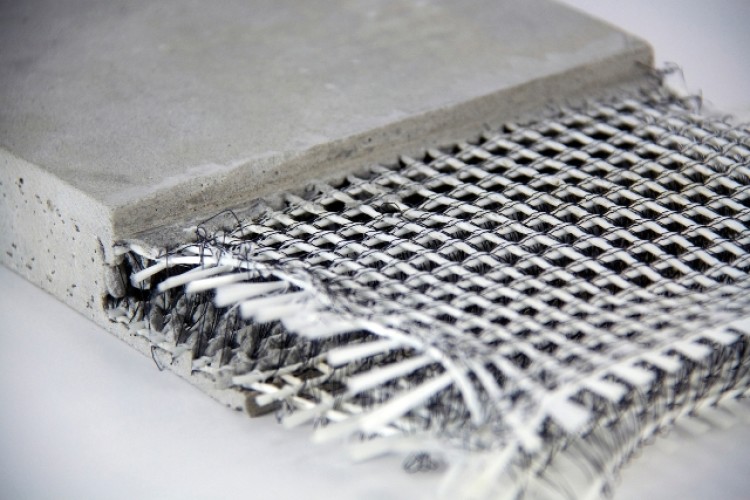Why Composites are Changing Construction Products
Why Composites are Changing Construction Products
Blog Article
Opening the Environmental Advantages of Recycled Compounds in Building and Design
In the world of building and construction and style, the application of recycled compounds holds significant promise for enhancing sustainability methods and minimizing environmental impact. The shift towards an extra lasting future in these industries pivots on unlocking the full potential of recycled compounds.

Ecological Effect Decrease
The decrease of ecological effect through making use of recycled composites in construction and layout plays an important role in lasting practices. By incorporating recycled composites into structure products, the construction market can considerably decrease its carbon impact and add to a much more environmentally friendly future. These sustainable products, made from repurposed plastics, wood fibers, or various other recycled aspects, use a practical alternative to traditional building and construction materials without compromising on high quality or longevity.
Recycled compounds aid draw away waste from landfills and reduce the requirement for drawing out basic materials, therefore preserving natural deposits. Furthermore, the production process of these composites often eats much less energy and gives off less greenhouse gases compared to producing virgin products (composites). This change in the direction of making use of recycled compounds not only lessens environmental injury however additionally promotes a circular economic situation by urging the reuse of products that would certainly otherwise be disposed of
Waste Minimization
With a concentrate on reducing waste in building and construction and layout, the integration of recycled compounds offers a sustainable solution to minimize environmental influence. Waste minimization is a vital facet of sustainable practices, and making use of recycled composites provides a possibility to accomplish this objective properly. By making use of materials that have already served their preliminary purpose, such as recycled plastics or redeemed timber fibers, the building and construction and style sectors can significantly reduce the quantity of waste generated and sent to garbage dumps.
Recycled compounds have the possible to divert substantial quantities of waste from typical disposal approaches, contributing to an extra round economic climate where resources are used efficiently. Additionally, the production process of recycled compounds often consumes much less power and creates less exhausts contrasted to virgin materials, better reducing the environmental footprint of building and design jobs.
Applying waste minimization strategies through the consolidation of recycled composites not only aids in preserving natural deposits yet also promotes a much more sustainable approach to building and creating for a greener future.
Energy Conservation
Incorporating recycled composites not only minimizes waste in building and design yet also plays an important role in improving power preservation practices within the market. The use of recycled composites in building can substantially add to power preservation through different means. The manufacturing of virgin materials generally needs substantial power inputs, whereas utilizing recycled composites consumes less energy, thus decreasing total power consumption. Furthermore, integrating recycled composites can add to much better insulation homes in buildings, decreasing the requirement for extreme heating or cooling, and consequently lowering energy use for climate control. Moreover, the lightweight nature of many recycled compounds can lead to lighter structures, needing less energy for transport and setup. By promoting using recycled composites in construction and layout, the industry can make considerable strides towards attaining energy performance and decreasing its carbon footprint, ultimately adding to an extra sustainable built atmosphere.
Carbon Footprint Decrease
Enhancing sustainability methods through the use of recycled compounds in construction and design considerably reduces the carbon footprint of the market. By integrating recycled products right into the manufacturing here are the findings of composites, the requirement for virgin resources decreases, causing lower energy usage and greenhouse gas emissions connected with standard production processes. This reduction in carbon footprint is crucial in combating environment modification and advertising an extra eco-friendly technique to building and construction and layout.
The carbon impact reduction accomplished with the adoption of recycled composites straightens with the international press towards lasting methods and the reduction of commercial exhausts. Inevitably, by focusing on the integration of recycled compounds, the sector can make significant strides in lowering its carbon impact and adding to a more lasting future.
Lasting Future
The combination of recycled compounds in construction and style not only addresses prompt ecological problems however also lays a strong foundation for a lasting future in the industry. By incorporating recycled compounds into structure materials and products, the construction and layout sectors can significantly decrease their dependence on virgin sources, bring about a much more round economy. This change towards sustainability is important for reducing the ecological impact of conventional construction methods, which often cause high levels of waste generation and source exhaustion.

Final Thought
To conclude, recycled composites use substantial ecological benefits in building and construction and style by lowering environmental effect, lessening waste, conserving power, decreasing carbon footprint, and advertising a sustainable future. Welcoming making use of recycled composites can add to a more environmentally-friendly technique to structure and layout, ultimately leading to an extra lasting and greener future for all.
The decrease of environmental effect via the use of recycled composites in building and layout plays a critical role in sustainable techniques.With a focus on minimizing waste in building and style, the combination of recycled compounds uses a sustainable solution to reduce ecological effect. By advertising the find out here use of recycled composites in construction and style, the industry can make substantial strides towards accomplishing power effectiveness and reducing its carbon impact, inevitably adding to a much more lasting built environment.

Report this page